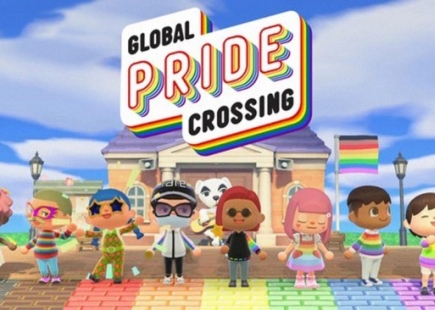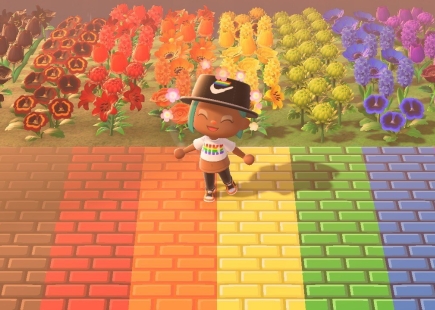Why a creative and community-focused approach to gaming should be part of a brand's social media strategy

When you think of somewhere where people spend time online engaging in their passion, and doing it with a like-minded community, you’d probably think of social media.
But this is equally applicable to gaming.
Gaming isn’t a sector, category, or even a media channel. Gaming is social media; a network of people all focused on doing something they enjoy and sharing their interests with others.
But while social media is considered to comprise people from broad demographics, gamers are still typecast as bedroom dwelling man-teens scoffing microwave meals and rage quitting.
This is far from the truth.
Gamer demographics are increasingly broad.
Four in five internet users are gamers, and of these, 37% are female.
While older audiences generally make for less likely gamers, a significant 65% of all baby boomers play games (for Gen Z and millennials, the figure is 92%). And our Global Digital Report April Statshot found that more than a third of internet users have been spending more time playing video games since the beginning of the Covid-19 pandemic.
Stack up gaming platforms against their social media counterparts.
If Fortnite is a social platform, its 350m registered accounts make it bigger than Snapchat. Candy Crush has 500m players and there are over 50m people playing Call of Duty Warzone.
These are significant numbers. And people are not just mindlessly browsing. They are constantly engaged, invested in what they’re doing, and contributing to the community.
It amazes me that so few brands have moved successfully into gaming.
Whenever someone does it well, it reaches a global audience. Often, the ‘gold standard’ of gaming is cited as Marshmello and Travis Scott experiences in Fortnite. This isn’t right.
There is no denying that these are fantastic, successful executions. But they’re a red herring because they’re effectively big media buys. They’re an old school homepage takeover, albeit executed in a great platform that others haven’t cottoned on to yet.
There’s one key thing that underpins all great creative marketing in games.
It’s that the brand ideas all enhance the experience for gamers. They add value to players’ passion. Make it more worthwhile, more interesting.
Here are some examples.
Earlier this year, Global Pride 2020 launched a virtual festival on Animal Crossing where you could take part in a digital march on a custom-built Pride Island. It achieved global news coverage and generated over 1 million minutes viewed on ‘traditional’ social channels.
Colombian department store Almacenes Éxito enlisted three Call of Duty gaming influencers who replaced their usernames and profile pictures with descriptions of discounted products, such as 60% off a TV. Anyone who was able to ‘kill’ one of the influencers in the game received promotional codes that could be used in-store or online through the game’s chat function. The activity increased sales by 7%, with a 78% coupon redemption rate.
In Fortnite, the WWF challenged people to be more conscious of natural resources through the #nobuildchallenge. Players could proceed through the game without exploiting any natural resources, even though their opponents can still use them. Finishing the game became extremely tricky, showing that without the planet’s natural resources it’s going to be hard for us to stay alive. This tapped into the competitive spirit of gamers while making them think about the cause.


Even social platforms know gaming is the future.
All of these campaigns clearly understand the behaviours within the community, the things that make the experience so special - their culture. But also how to engage the audience in a novel way. Don’t drop a broadcast and run, engage with the community, prompt a conversation.
This, in a nutshell, is how you do incredible campaigns on social and the same principles apply in gaming.
They are built on the same reward systems as video games, it’s easy for them to make clear inroads into the space.
Already we can see Snapchat investing heavily in Snap Games, as well as a huge investment in the gaming platform within Facebook (Facebook is also currently looking to hire a Head of Gaming). The lines are blurring.
So, the social media manager’s job just grew. Businesses will need a gaming strategy alongside their channel strategy. Businesses, and their agencies, not only need to hire social savvy employees equipped with laptops and phones, they need gaming enthusiasts and provision of an Xbox, Switch and PlayStation to boot.
Those traditional agencies that still struggle to understand social media will definitely fail to grasp the opportunity with gaming.
The ad agency of the future won’t see gaming as a chance for employees to switch off, but as a training opportunity and an important part of research and development.
Game over.
If you enjoyed this article, you can subscribe for free to our weekly email alert and receive a regular curation of the best creative campaigns by creatives themselves.
Published on:


